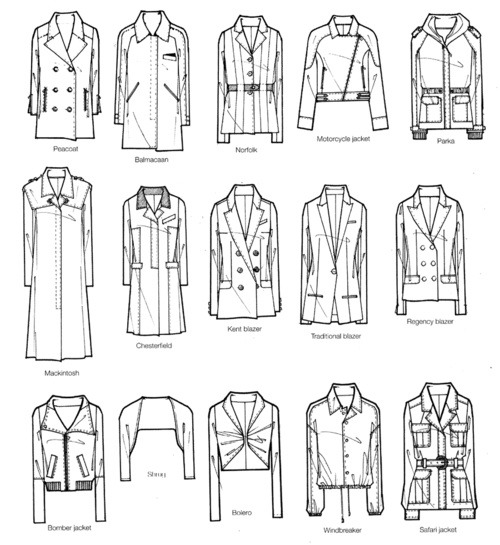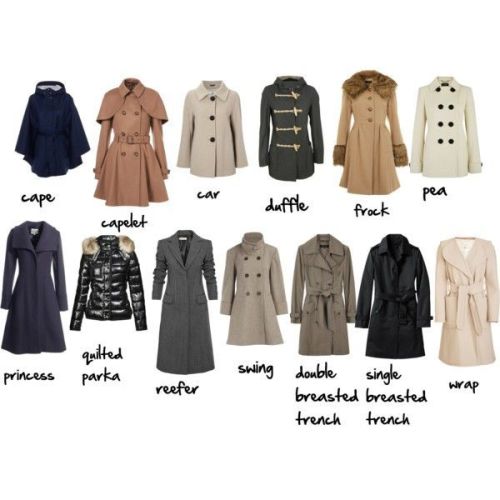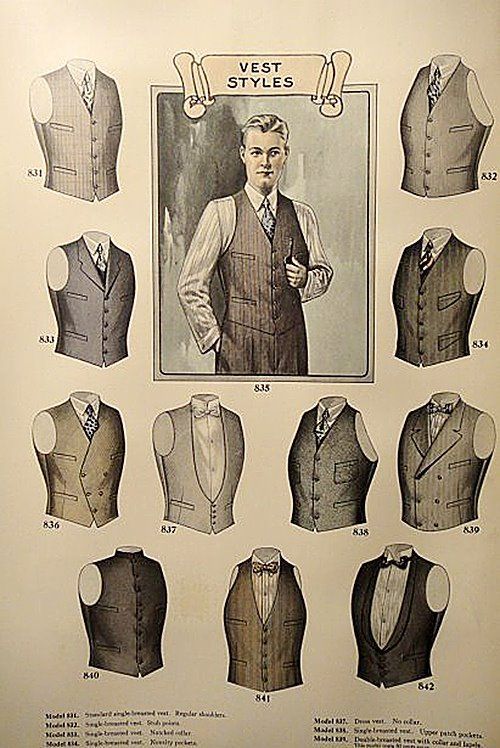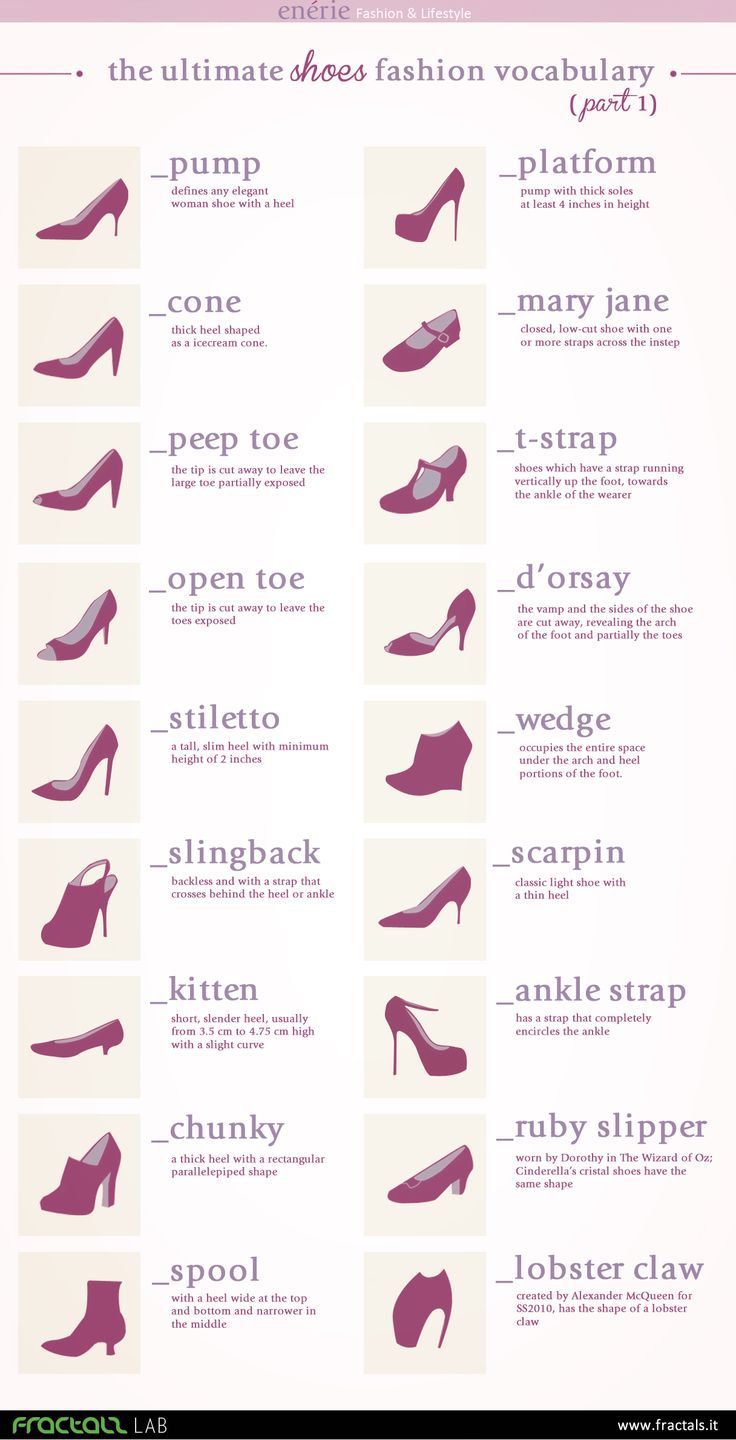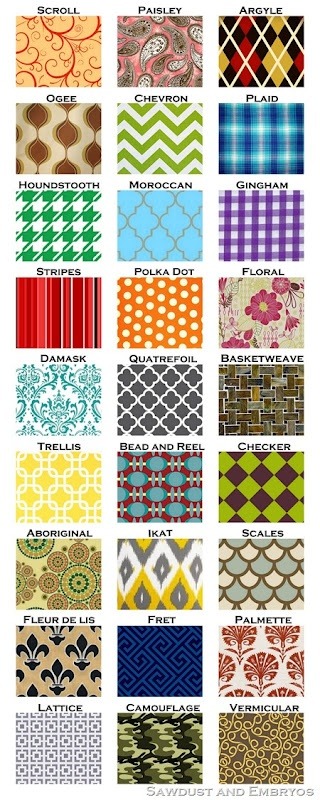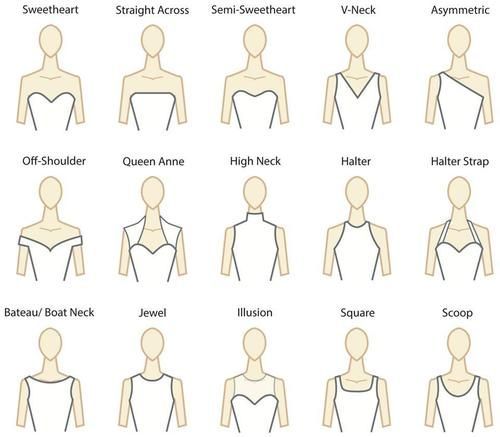Ok, This Is Amazing. I Found A Great Site With Short Stories In 34 Languages!
ok, this is amazing. I found a great site with short stories in 34 languages!

"WorldStories is a growing collection of stories from around the world. The collection includes retold traditional tales and new short stories in the languages most spoken by UK children.
We are adding new stories, translations, pictures and sound recordings every week. So keep coming back to enjoy new content!"
More Posts from Queensolace and Others




PIGLET in WINNIE THE POOH AND THE BLUSTERY DAY
(requested by anonymous)

Naturally Zuko has the prettiest smile on the planet - people who never smile always do - and the first time Katara sees it, it’s like a punch in the gut. She needs to see him smile again. No - more than that, she needs to be the reason he smiles again.
Somehow it ends up being a lot easier than she anticipates.
Differences between "made from", "made of", "made out of", "made with" & "made by"
made from:
= to talk about how something is manufactured (the material is not recognisable anymore and has been completely changed)
Glass is made from sand.
Paper is made from trees.
made of:
= to talk about the material or quality of something (similar to "made from", but you can still recognise the material)
The necklace is made of silver.
The jacket is made of fur.
The door is made of metal.
made out of:
= to talk about something that has been made into something else
The pillow was made out of an old tshirt.
The fort was made out of blankets.
made with:
= to talk about one or multiple things used in the creation of something (especially used in recipes)
Potato soup is made with potatoes and cream.
This cake is made with flour.
made by:
= to talk about the action used to create something or the creator of something
Origami is made by folding sheets of paper.
The movie was made by Taika Waititi.


The New Adventures of Winnie the Pooh (1988-1991)
People who introduce you to new ways of thinking and new ways of seeing life are so important
ND Research Resources Pt. 2
Here’s part 1
The Phantom of Venice
Commedia Dell'arte characters
The Haunting of Castle Malloy
A Brief History of Irish Castles
Ransom of the Seven Ships
Sunken Treasure: The search for Atocha
Warnings at Waverly Academy
The Mystery of Edgar Allen Poe
Six Creepy Tales by Edgar Allen Poe
The Raven (1915 silent film)
Trail of the Twister
Worlds Most Deadliest Tornado
Shadow at the Water’s Edge
Japanese Ryokans
How to Make an Easy Bento
The Captive Curse
Grimm’s Fairy Tales
Alibi in Ashes
He Walked By Night (1948 Noir film with subterranean tunnels)
Tomb of the Lost Queen
Nefertari, For Whom the Sun Shines
Journey Through the Valley of the Kings
The Deadly Device
The Life of Nikola Tesla
Binary Tutorial
Ghost of Thornton Hall
Oak Alley Tour (the plantation Thornton Hall is based on)
Ghost Hunting at Oak Alley
America’s Castles - Grand Plantations of the Old South
The Silent Spy
The 39 Steps (1935 Scottish spy movie)
The Shattered Medallion
History of the Shattered Medallion
Labyrinth of Lies
The Gods and Goddesses of Greek Mythology
Sea of Darkness
Aurora Borealis Time Lapse
Iceland’s Ice Caves
Midnight in Salem
Salem Witch Trials
The Crucible

Caring for natural (curly) hair in a setting with no access to modern hair products
So it’s the apocalypse. Your curly-haired character is on the run. They find themselves on an adventure in a fantasy world. It’s a castaway story. Or the whatever-eth century and they’re in an environment that doesn’t exactly accommodate curly, coily haired types.
Either way, manufactured hair products are far and few between, or they’re simply not made for afro hair. Considering how your Black character handles their hair in this environment makes their circumstances more realistic and relatable.
Topics Featured in this Guide:
Hair Products found in Natural Environment
Hair Oils - Benefits and How To Extract
Protective Hair Techniques & Styles
Curly Hair Types & Hair Needs
Hair Routine Samples
Hair Straightening
FAQ
There is a writing takeaway at the end of each topic.
Brief descriptions provided after images. Contact me for fully accessible version.
Hair Products found in Natural Environment
Consider the essential needs of afro hair: water and fat.
Water (or liquid) is essential for nourishing the hair.
Fat (hair oils, creams, butters) is essential for both growth and protection.
Many curly-haired folks already use natural resources and plants to care for their hair - aka DIY hair-care. So characters concocting their own products should not be a strange concept. (I personally buy most of my natural hair products, and create my own hair masks, protein treatments, and oil blends.)
What they could use would depend on environment, time, and availability.
Hair Healthy Produce

Coconut - The all-purpose hair aid with multi forms, from oil to solid cream. Hardens in cold weather; best not to use when environment has freezing temps. Banana - Typically removed after use (hair masks, conditioners) Avocado - Applied as hair products, masks, and oils. Strawberry - Mashed and applied directly to hair or mixed with oils.
Hair Healthy Proteins, Plants, Fats

Eggs - Hardens when dry. Strong odor. Removed after use. (protein masks) Honey - Pulls moisture from air into hair - avoid during the dry winter! Shea Nuts - Made into shea butter. All-purpose hair and body care. Flaxseed - Gel made by boiling & straining flax seeds. Many DIY videos online.
Hair Healthy Herbs and Flora

Hibiscus - Sebaceous = oil-producing gland. Flowers crushed into paste or oil. Peppermint - Can rub out oil from leaves. Often used in oil form on scalp. Lavender - Often used as an oil directly applied to the scalp, or brewed as tea. Rosemary - Often combined with olive oil in use with hair; can be used alone.
More Hair Healthy Herbs and Flora

Aloe Vera - Succulent. Can extract sap directly from leaf and apply like gel. Burdock - Contains essential fatty acids and phytosterol compounds. Dandelion - Can use the roots, stems, leaves and sap for hair and skin. Rose - Common use is rose water: steep roses in boiling water to create.
Hair Healthy Products (rare or require effort to make/find)

Apple Cider Vinegar (ACV) - Diluted before use and often washed out after. Bentonite Clay - Aged volcanic ash. Combined with ACV for best activation. Oils - Key component for sealing moisture. See the next discussion. Yogurt - Base of many DIY hair products like masks and deep conditioners.
Oils for Hair
Oil is a key component to afro hair care. It nourishes and seals in moisture. Let’s discuss common hair oils and extraction methods that could, more likely, be done using homemade or historical equipment.
Oil Extraction
If oils aren’t readily available to purchase, the person would need to find or create tools to either extract the oil via pressing or heat the nuts or seeds. Consider the basic tools that have been around since ancient times. For example, the mortar and pestle. What creative use can be made out of existing tools in the person’s environment?
Hair Oils and Benefits (by potential ease to extract.)

Coconut Oil, Castor Oil, Almond Oil, Olive Oil, Avocado and Grapeseed Oil.

FYI: These aren’t the only methods or necessarily professional means of extraction. I also left off hair-healthy oils that seemed complicated to extract without high-grade equipment. So, this isn’t an all-inclusive list of oil or methods.
Natural Hair Product Creation
So what exactly would your character create? Here’s some natural hair products and potential main ingredients. May be used alone or combined.
Leave-in moisturizers: Plain water, coconut water, rose water
Leave-in creams: (protect/style) honey, shea, aloe vera, flaxseed, flora
Hair Cleansing Conditioner: plant water, coconut, honey, light oils
Hair Rinse/Co-wash: Apple cider vinegar, coconut, brewed tea water
Hair Masks: Mashed fruits, yogurt, proteins (eggs), clay, honey
DIY Recipe Search: Try keywords like “DIY natural hair” + “curly hair” “Afro hair” or search all natural hair products and read over the ingredient list. Try small home business and independent sellers (Like etsy)
More Sources:
15 DIY Hair Recipes for Almost Every Step in Your Regimen
14 Homemade Leave-in Conditioner Recipes
Best DIY Recipes for Naturally Curly Hair
Product Storage:
Most homemade products last everywhere from a few days - weeks
Extend the life of spoil-prone products via the cooling system in the work.
Honey does not spoil. Be mindful if it’s mixed with spoil-prone ingredients.
Oils can usually be kept at room temperature and last a long time.
Keeping a small bit of ready made supply may prove time-efficient. If impossible, they may opt to use products that don’t require much time and effort, and are worth their time to make in small batches or to potentially dispose of after.
Writing Takeaway - Natural Product/Oils Creation
With just the above compounds, I can see creative naturals being able to create styling products and moisturizing leave-ins, shampoos, conditioners and hair masks.
Do consider the following:
How simple or complex can their regimen be?
Would they rely more on protective hair styles in their situation?
What is the natural environment: what products are accessible?
How will they store products or must they make a new batch each use?
Can items be purchased by craftsmen or found in abandoned locations?
Can they afford to use edible plants if food is scarce? Food scraps and non-edible plants (like the flora) might be what they rely on.
What are their specific hair care needs? -Discussion on this later-
Natural Hair and Styling
LOC Method as base style
Moisture, sealing in the moisture, and protection are the basic needs for natural hair. The Liquid, Oil, and Cream (LOC) Method, or a variation of the steps, fulfills those basic needs. It can be treated as both a care routine and a style in itself. Personally, if my hair is not in a protective style, I use it every week.

Liquid - Liquid opens hair cuticles to allow moisture to enter hair strands.
Oil - Once cuticles are opened, the oil penetrates hair & seals in moisture.
Cream - Cream further locks in the moisture, and can be used as a styling agent as well to shape and define curls.
Should you use the “LOC method” by name in your work?
A modern setting? Sure. But don’t assume readers know what it means.
A fantasy setting? Probably not, unless earth and its terms carry over.
A historical setting? No. It is a newly coined term.
Protective Hair Styles
Protective hairstyles protect the hair by tucking ends away from the elements. For example, heat, air, hand and fabric manipulation. While not forever solutions (except maybe locs which are a permanent style) there’s many benefits to your character’s wearing them.
Benefits:
Hair growth retention
Saves time styling hair
Helps prevent damage and keep hair healthy
Ideal for any natural (the best style itself may depend on hair type)
Lessens hair’s need and dependence on moisture and hair products
Eliminates some hair maintenance activities (such as detangling)
Considerations:
Hair more difficult to wash and dry thoroughly.
Dryness (unable to access all tucked away hair to moisturize)
Styles kept in too long accumulates dead skin and product build up.
Uninstalling styles can be time consuming, and should be done gently.
Style gets frizzy from growth overtime and/or getting soaked in water.

Protective Styles Short-term (lasting days to weeks)
Afro puff(s) or bun(s)
Back Tuck or Roll and Tuck
Bantu knots
French roll
Pompadour
Roller set
Two-strand twists
Wash and go (low manipulation style)
Shaved (lower maintenance, but not an overnight decision)

Protective Styles Long-term (lasting weeks to months+)
Braids (endless styles and patterns. Typically smaller braids last longer)
Cornrows
Dreadlocks/locs (permanent style, research the hair care)
Extensions
Flat Twists /Twists
Head wraps and hats (endless wrapping styles, colors and patterns!)
Wigs (unless glued, hair maintained underneath or often put in braids)
Writing Takeaway - Protective Hairstyles
Protective styles are an amazing way to protect the character’s hair and would very likely be the go-to for any natural in an uncertain or fast-paced environment. Just in everyday life they’re highly worn so it would especially be the case! Just remember the character needs to eventually undo whatever protective style they have installed to do some hair maintenance (washing, detangling, etc) and give their strands a rest. Also, even hair in protective styles need some attention.
Curly Hair Type and Associated Needs
Determining your hair type is important to knowing its needs. Certain ingredients work best for certain hair types. However everyone is unique and there are more factors to consider than just curl pattern (Also, most curly folks cross into a mix of hair types). There is hair thickness (width & density) and how much moisture and product your hair absorbs (porosity) to consider as well.
I will only cover curl pattern and the commonly associated needs here. To learn more about porosity, width, and density check out the FAQ under the read more.
naturallycurly.com is a great resource and is the source for the images, terms, and information provided below.

Curly Twirly (3A)
Defined loopy “S” pattern. Curls well defined and springy. Big, loose and shiny. Size: Sidewalk chalk size. Best Products: Gels and creams with light moisture and curl definition.
Curly Spirally (3B)
Well-defined, springy copious curls that range from bouncy ringlets to tight corkscrews. Size: Sharpie size. Best Products: Gels and styling creams with extra moisture and frizz control.
Curly Kinky (3C)
Voluminous, tight corkscrew curls. Either kinky or very tightly curled, with lots of strands densely packed together. The very tight curls are usually fine in texture. Size: Pencil. Best Products: Styling creams, butters, and oils. Needs gentle care.

Coily Springy (4A)
Well-defined “S” Pattern. Tight, coily, and the most fragile curls. Size: Crochet Needle or smaller.
4A Best Products & Tips: Styling creams, butters, and oils.
Clarify scalp with tea tree or jojoba oil during washes
This hair needs extra moisture and tender care
Be gentle when handling and detangling hair to avoid stress & breakage
Use thick moisturizers like mango and shea butters to maximize styles
Coily Crimpy (4B)
Less-defined “Z” Pattern. Tight, coily fragile curls. Hair bends at sharp angles.
4B Best Products & Tips: Styling creams, butters, and oils.
Add moisturizing oils before washing (pre-poo/pre-shampoo) with coconut or castor oil to help retain the natural oils in scalp
Do heat-free styles on stretched hair for maximum definition and less frizz
Air-dry hair whenever possible, or use soft cloth to gently dry.
Terry cloth will strip hair’s natural moisture and cause tension on strands
Coily Ziggly (4C)
Tight, coily, fragile curls. Curl pattern won’t clump without styling. Little to no visible definition.
4C Best Products and Tips: Styling creams, butters, and oils.
Use a cleansing conditioner with slippery elm or marshmallow root
Use a creamy humectant [like honey] as a leave-in to maximize protection
A curl defining custard or gel can stretch the coils safely for styled looks
Read the full guide here: Curly Hair Guide: What’s YOUR Curl Pattern?
Writing Takeaway - Hair type and needs
While hair type is just the start of all the intricacies of natural hair needs, it’s definitely a good start. There are other important parts to consider for real life naturals, but going off from hair type and the commonly associated needs should be enough for a story. (But read the FAQ under the read more to keep learning)
Do not get lost in the details, especially for a story that won’t need to cover tons of it. Learn enough to know what you’re talking about and can describe hair care accurately for situations that would affect hair.
Writing Takeaway - Overall:
You don’t have to be lavish in detail, but acknowledging how hair is handled here and there or in a dedicated section is thoughtful and satisfying to see included. It’s also a neutral way to show race without the use of micro-aggressions or racism. Finding the time and means for proper hair care would be a part of their life and potentially a stumbling block on the adventure, so mentioning how hair is handled during these circumstances is a fine idea.
It’s also a great means for representation.
–Mod Colette
Additional Info:
The following information will be nestled under the read more:
Hair Routine Samples - One super simple and one complex hair routine
Hair Straightening - Not ideal to maintain in survival situations, but also was a means of survival and daily living during some historical contexts
FAQ - Would any of this matter during the apocalypse? And what about natural products that attract bugs? Plus more.
Keep reading
-
 randomspaces reblogged this · 1 month ago
randomspaces reblogged this · 1 month ago -
 pallid-etoiles liked this · 1 month ago
pallid-etoiles liked this · 1 month ago -
 merridelicious reblogged this · 1 month ago
merridelicious reblogged this · 1 month ago -
 merridelicious liked this · 1 month ago
merridelicious liked this · 1 month ago -
 silentcassio liked this · 1 month ago
silentcassio liked this · 1 month ago -
 welcometothejunkpile liked this · 1 month ago
welcometothejunkpile liked this · 1 month ago -
 electronicvoidpizza liked this · 2 months ago
electronicvoidpizza liked this · 2 months ago -
 faerie-etude reblogged this · 2 months ago
faerie-etude reblogged this · 2 months ago -
 lichtbeidernacht liked this · 2 months ago
lichtbeidernacht liked this · 2 months ago -
 shuandari liked this · 3 months ago
shuandari liked this · 3 months ago -
 tired-n-tachy liked this · 3 months ago
tired-n-tachy liked this · 3 months ago -
 fondofcowboys liked this · 3 months ago
fondofcowboys liked this · 3 months ago -
 wisdomandwords liked this · 4 months ago
wisdomandwords liked this · 4 months ago -
 low-key-satan liked this · 4 months ago
low-key-satan liked this · 4 months ago -
 airshell liked this · 4 months ago
airshell liked this · 4 months ago -
 nothing-mancer reblogged this · 4 months ago
nothing-mancer reblogged this · 4 months ago -
 semihazah12 liked this · 4 months ago
semihazah12 liked this · 4 months ago -
 i-darkling liked this · 4 months ago
i-darkling liked this · 4 months ago -
 pawprintedpages liked this · 4 months ago
pawprintedpages liked this · 4 months ago -
 potatodesignblr reblogged this · 4 months ago
potatodesignblr reblogged this · 4 months ago -
 potatodesignblr liked this · 4 months ago
potatodesignblr liked this · 4 months ago -
 bearsarecool reblogged this · 5 months ago
bearsarecool reblogged this · 5 months ago -
 bearsarecool liked this · 5 months ago
bearsarecool liked this · 5 months ago -
 bookwalmartav reblogged this · 5 months ago
bookwalmartav reblogged this · 5 months ago -
 stickypandadonut liked this · 5 months ago
stickypandadonut liked this · 5 months ago -
 bookwormsontherun liked this · 5 months ago
bookwormsontherun liked this · 5 months ago -
 thegoodkindoftrash liked this · 5 months ago
thegoodkindoftrash liked this · 5 months ago -
 raspberrycherry liked this · 5 months ago
raspberrycherry liked this · 5 months ago -
 khattikeri reblogged this · 5 months ago
khattikeri reblogged this · 5 months ago -
 introjoon liked this · 5 months ago
introjoon liked this · 5 months ago -
 lovelydove14salt liked this · 5 months ago
lovelydove14salt liked this · 5 months ago -
 vivi-snow liked this · 5 months ago
vivi-snow liked this · 5 months ago -
 oregano-shipment liked this · 5 months ago
oregano-shipment liked this · 5 months ago -
 ilovedtoomuchdidnti reblogged this · 5 months ago
ilovedtoomuchdidnti reblogged this · 5 months ago -
 keanureevesbisexual liked this · 5 months ago
keanureevesbisexual liked this · 5 months ago -
 kawaii-bees reblogged this · 5 months ago
kawaii-bees reblogged this · 5 months ago -
 kawaii-bees liked this · 5 months ago
kawaii-bees liked this · 5 months ago -
 sadbonez reblogged this · 5 months ago
sadbonez reblogged this · 5 months ago -
 nick-nonya reblogged this · 5 months ago
nick-nonya reblogged this · 5 months ago -
 nick-nonya liked this · 5 months ago
nick-nonya liked this · 5 months ago -
 lukadjo reblogged this · 5 months ago
lukadjo reblogged this · 5 months ago -
 lukadjo liked this · 5 months ago
lukadjo liked this · 5 months ago -
 lordhavemercyyyyy liked this · 5 months ago
lordhavemercyyyyy liked this · 5 months ago -
 estonia-officially reblogged this · 5 months ago
estonia-officially reblogged this · 5 months ago -
 pikacon999 liked this · 5 months ago
pikacon999 liked this · 5 months ago -
 i-am-so-bad-at-picking-names liked this · 5 months ago
i-am-so-bad-at-picking-names liked this · 5 months ago -
 chaseofarts liked this · 5 months ago
chaseofarts liked this · 5 months ago -
 oreovencida liked this · 5 months ago
oreovencida liked this · 5 months ago -
 carelesswhisper41 liked this · 5 months ago
carelesswhisper41 liked this · 5 months ago -
 teeth-and-spackle reblogged this · 5 months ago
teeth-and-spackle reblogged this · 5 months ago

Multi fandom. Eng/Rus. 23 y. o. She/Her. MBTI: INFP. Sun Sagittarius. Rising Taurus. Moon Pisces. Ravenclaw House.
381 posts


